On Dragons: A Book by Torhal Ardonatto
(This is a book found in the Library of Stagfrost,Overall Library Contents written by one of Uclandia's first dragonologists, Torhal Ardonatto. It of course is dated sometime AFTER the dragons returned from Vaalima.)
It is rumored that dragons are far more numerous than most Uclandians realize. Generally, dragons are to be avoided if at all possible, since they are capable of biting a warrior in two.
However, I have spent much of my life studying them, and do not want my work to have been in vain. Because I gave my life over to study, I have no heirs, no family, to pass my knowledge to. And so I have recorded all of my knowledge, as it relates to dragons at any rate, down in this book.
I have observed numerous types of dragons that are all different from each other - subspecies, I suppose. Some breathe fire, some frost, some acid. All are intelligent and dangerous. One or two have been more interested in learning from me, rather than eating me. And from those fine members, I have learned much! I hesitate to say that they befriended me, but they were content to share some of their knowledge with me, in exchange for answers to questions they had about my life and species.
First, allow me to share some broad generalizations that have been passed on to me.
Just as there are humans with different interests, priorities, and roles, the same is true of dragon-kind. The Eldest dragons are the Keepers of Draconic Knowledge, and have, very occasionally served as Ambassadors when a member of a bi-pedal race expresses a genuine and heartfelt curiosity. Or to put it another way, when they are faced with a creature that is more interested in learning about dragon-kind, rather than destroying them. To truly determine one motivation from the other requires a lengthy period of investigation and observation. When an opportunity such as this arises, the task is given to a dragon who has surpassed the impetuousness of youth, who is then expected to report back to the potential ambassador-to-be. If the bi-pedal in question is deemed to be honestly interested in dragon-kind for the sake of knowledge and the betterment of their race, they are approached by an Elder-Dragon. If the bi-pedal is found to have a dishonest heart, a younger Dragon is sent out to remove them from the world.
Overall, the population of dragons in Uclandia is said to be diminishing due to an increasing number of bi-pedals that see all of dragon-kind as a threat. But once, in a long-ago age, dragons lived free to stomp, fly, mate, and chew whatever they wanted. These days, they may only be found in the more remote areas generally ignored by most bi-pedals races. I say “may” because dragons have learned through harsh lessons that they are better off staying hidden, so finding a dragon willing to share its knowledge should be considered a rarity. While it is true that adult dragons are much larger than aggressive bi-pedals, they have been overwhelmed by a numerous force and either trapped or killed. Obviously, dragons wish to avoid this sort of circumstance, so they have relocated to the lesser inhabited corners of our world.
Dragonkind refer to their fire-breathing cousins as “Tinedra”, their acid-shooting brethren as “Aigedra” and the frost breathers as “Siocdra”.
Tinedra; Found in varying shades of orangeish-yellow, and red-orange to deep red, depending on their age, no apparent Elders have been recorded by any living bi-pedal, so it is unknown if they have any age-revealing marks as other Draconic sub-species do.
Aigedra: Found in varying shades of green, with white spots on the nose and heads of the Elders.
Siocdra: Found in varying shades of ice-blue to deep blue, with white tigerish stripes on the necks of the Elders.
I have been told that dragons prefer their meat as fresh as possible. Hunting is difficult for them, however, because most herd animals tend to scatter when a dragon swoops down on them from above. Even if a dragon can scoop a mouthful of sheep, by the time they come back for another pass, the herd has scattered and hidden if they can. This is a consistent challenge, regardless if the prey is wild or domestic.
As mentioned previously, dragons prefer solitude, and to that end, choose dens that are hidden and not likely to be spotted by species intending to do them harm. Caves are popular, apparently. The deeper the tunnels, the fewer curious adventurers there are to disturb the dragon. The Elder dragon that shared his knowledge with me revealed that dragons, of all colorations, are more inclined to sleep than terrorize villages. There are a number of reasons for this. First, to avoid notice by other creatures. Secondly, because it requires a terrific expense of energy to fly and hunt. And if a dragon is successful at eating his fill, he will not need to eat again for some time. A dragon can achieve a deeper sleep if they are not disturbed, much like you and I.
I say "he", but of course, there are female dragons.
Males and females mate in flight. A male will display and bugle to attract the attention of a female. When she seems interested, he will spread his wings to display his size and coloration pattern. Females will express curiosity by nuzzling the male's neck and inhaling his scent. When she takes to the skies, the male is expected to follow her. They play a sort of game, if you will. She, being larger, will fly in a complex pattern. He must try and catch her. These pre-mating flights Dragonflight can go on for quite some time. When the male catches her, he will position himself in a way that copulation can be most easily achieved.
When the act of reproduction is complete, the two separate and fly off in the direction of their individual lairs.
My informant told me that females may mate with more than one male if she chooses. Dragons do not form partnerships as humans do. This ensures that a dragon's lineage is spread among as many females as possible.
(I have been fortunate enough to have been gifted the following knowledge by a female dragon)
When there are no further males to mate with, the female will return to her lair and eventually build a nest. The nest is built from dirt and crushed rock, and ringed with larger stones. It is not known how much time elapses between the act of mating and the laying of eggs. My informant told me that females can lay between 1 to 4 eggs. The eggs may have the same hue as the female, or of the male.
(Dragons do not track time as we do, so I am unsure how many days elapse until hatching.)
As the eggs mature, the female curls her body around them. No matter what sub-group the female belongs to (Tinedra, Aigedra, or Siocdra), for a short time after laying the eggs, she is able to breathe flame. She aims this at the ring of rocks and the crushed stone so that the eggs will be kept warm. The eggs hatch a few days after their dam can no longer breathe fire. Logically, this would prevent the accidental burning of the young.
The dragonettes each have an "egg horn" on the top of their snout that assists them in breaking free of their shell. This falls off as they mature. Because dragons prefer their meat as fresh as possible, once all the eggs have hatched, the female must leave her young temporarily to acquire their first meal. It has happened that sometimes the hapless creature is clutched in one of her feet and attempts to flee once it is brought into the tunnel. This is considered the first lesson for the young on how to kill their food. But if the creature has already been freshly killed by the mother, she brings it into the nest and shows them how to feed. Usually, she will resist the urge to feed for herself, so that her young may have the advantage. If they do not get fresh meat soon after their hatching, they grow weak, ill, and die.
A mother dragon will feed her young this way every day, often feeding herself before she returns to the dragonettes. As the young grow, they will sort out a hierarchy, usually determined by hatching order and the largest individual. The more food she is able to obtain for her offspring, the faster they grow.
As they grow, their home seems to become smaller. As the dragonettes get larger, squabbles are more common and somehow their dam knows it is time to teach them to fly.
Their first flights are short. (Ideally, the female has been able to locate a nesting space that is protected, and yet not so high that a poor first flight would result in death.)
The young stay with their dam, strengthening their muscles by flying, wrestling with each other, and learning how to hunt. She stays away from villages as much as she can, but because of the dragonette's size, cannot return to the nesting site. This time is a hard one for all of them. If the young all survive, they stay with her for twelve “moon rotations”. As they mature, they may fly off and stay away for a few sunsets, or many. The more successful they are at hunting, their solo journeys will become longer and more numerous, until one day, they simply do not return to their mother and siblings.
In a later volume, I will expand upon the differences between the Tinedra, Aigedra, and Siocdra.
(Many thanks to elspeth87 & Myth X for image manipulation and banner idea!)


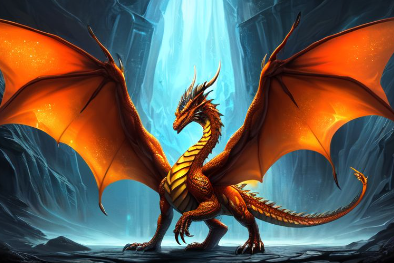
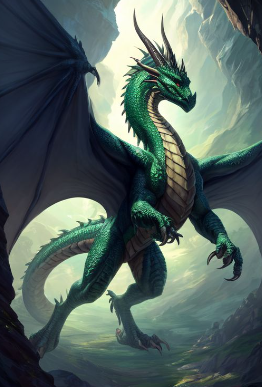





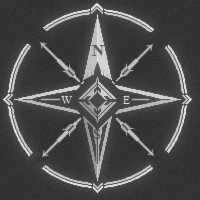
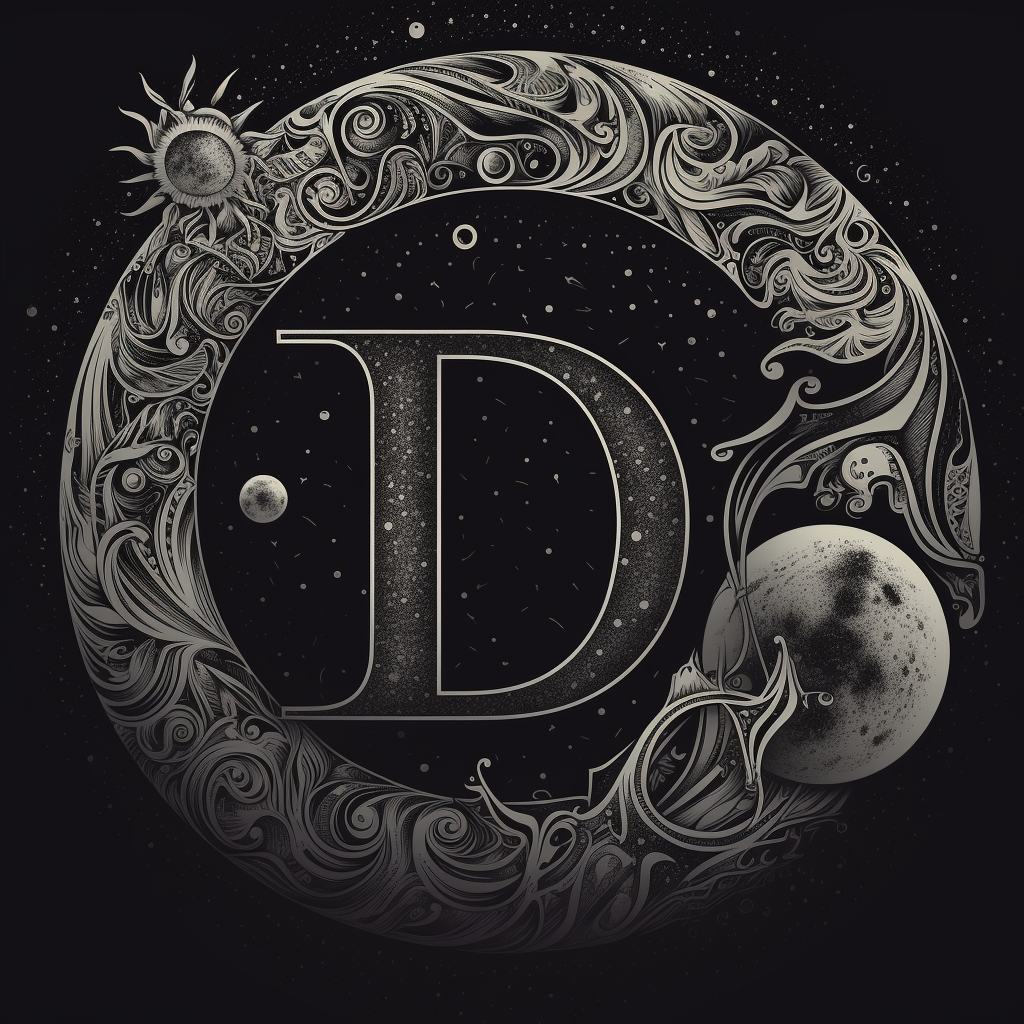

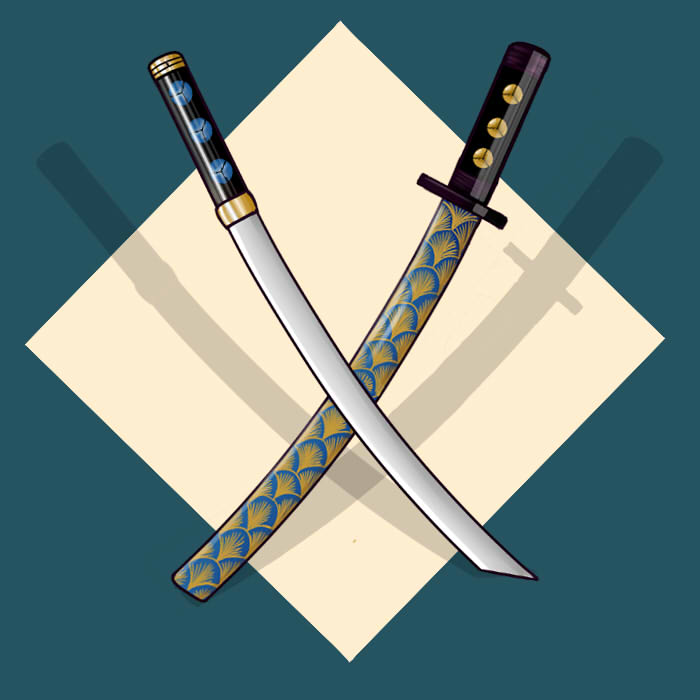
I really enjoyed reading about the mating and family life of the dragons. Well done!
Thank you!